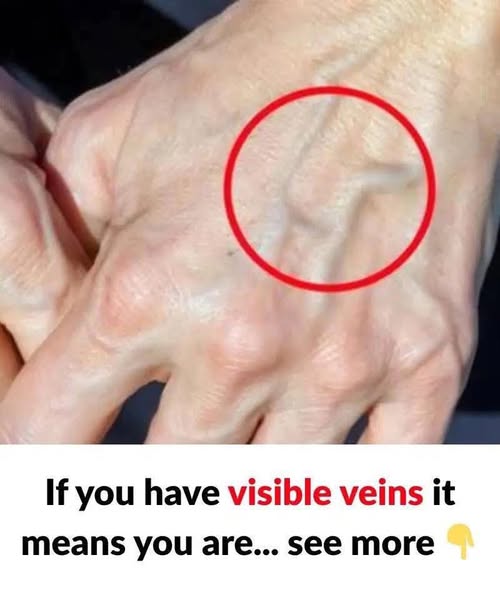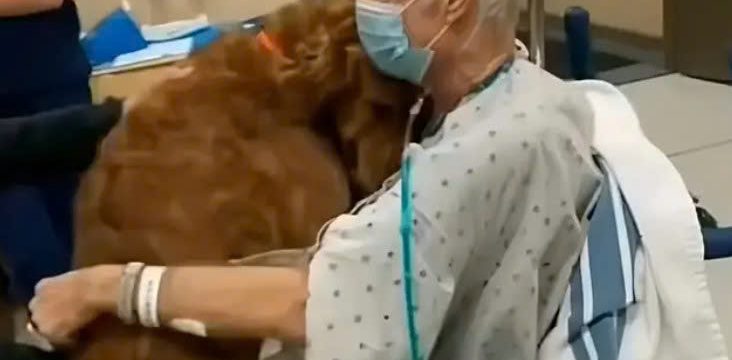Suddenly noticing prominent veins on your hands, arms, legs, or chest can be quite surprising, especially when they seem to appear out of nowhere. For most people, this change is usually harmless and tied to natural factors such as aging, genetics, or temporary shifts in body composition. However, there are times when visible veins might serve as a subtle warning sign of a more serious issue, so it’s important to understand when these changes are normal and when they could indicate something that requires attention.

So why do veins suddenly become more visible? There are several common reasons that are usually not concerning. One major cause is lower body fat. Fat acts as a cushion under your skin, helping to hide the veins beneath. When fat decreases, whether through weight loss or if you naturally have a lean body type, your veins move closer to the surface and become more noticeable. This is a natural explanation and generally nothing to worry about. Exercise and strength training are other factors that can make veins more prominent. During physical activity, blood flow increases, and your muscles expand, which pushes veins outward. If you consistently work out, this effect becomes even more noticeable over time, giving you that vascular appearance many athletes develop. Warm weather can also make your veins stand out.
Heat causes your veins to dilate, or widen, as your body works to cool itself down, making the veins more visible. Aging is yet another natural reason for visible veins. As you age, your skin thins and loses elasticity, so veins that were always there become easier to see through the skin. Hormonal changes, such as those during pregnancy, menopause, or hormone therapy, can also affect blood flow, causing veins to shift or appear more clearly. All of these reasons are typically harmless and are just part of how your body responds to various factors.
That said, there are times when suddenly visible veins can indicate underlying health issues. If your veins become prominent without an obvious reason like weight loss, exercise, or heat exposure, it could be a sign of a circulatory or vascular problem. If you notice pain, swelling, or warmth around the veins, this might point to inflammation called phlebitis or a more serious condition such as deep vein thrombosis (DVT), which is a blood clot in a deep vein that requires immediate medical attention. Another warning sign is if your veins feel hard, twisted, or bulging, which could indicate varicose veins or superficial thrombophlebitis, a clot close to the skin’s surface.
Skin changes near your veins—such as discoloration, itching, or even ulceration—might suggest chronic venous insufficiency, a condition where blood struggles to return to your heart and pools in the veins. Though less common, visible spider-like or radiating veins on the chest or abdomen could point to more serious internal health issues, including liver disease or certain types of cancer. These symptoms should be evaluated promptly by a healthcare provider.
So, when should you see a doctor about your veins? It’s a good idea to schedule an appointment if new veins appear without a clear cause or if you experience symptoms like leg cramps, fatigue, swelling, discomfort, inflammation, or warmth. Even if you’re mainly concerned about how your veins look and want peace of mind, consulting a healthcare professional can provide reassurance and guidance.
In most cases, seeing your veins a bit more clearly isn’t something to worry about; it’s just your body doing what it naturally does. However, paying attention to other symptoms and any sudden changes can help you detect potential issues early. When in doubt, trust your instincts and don’t hesitate to talk to a healthcare provider. A simple checkup can do a lot to protect your health and your peace of mind, helping you understand whether the visible veins are simply a harmless change or something that needs medical care.





